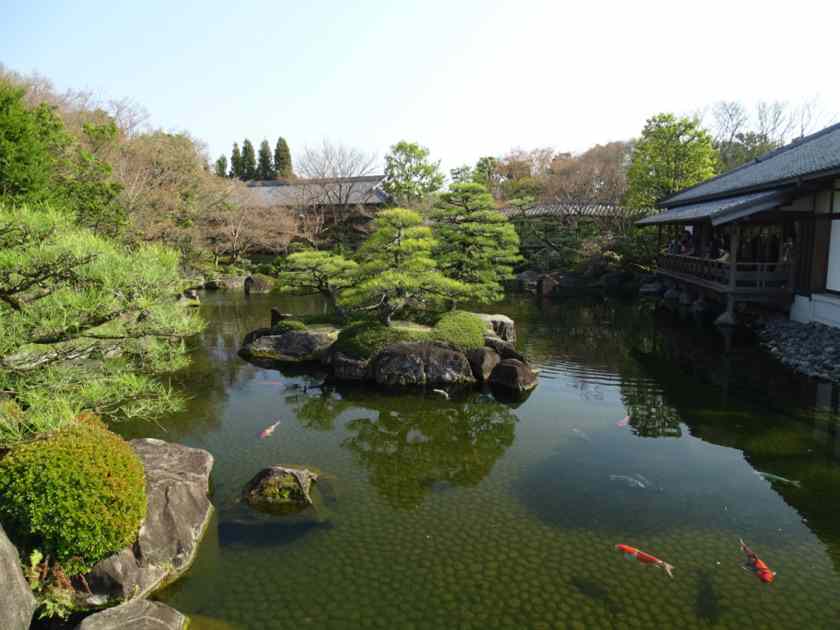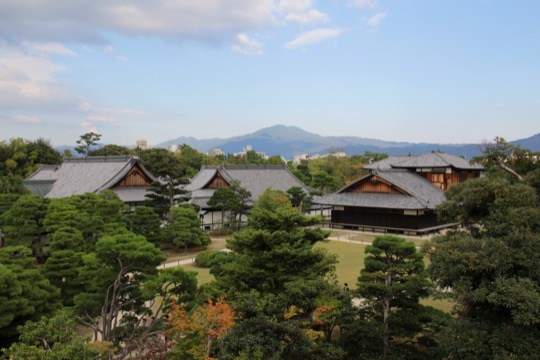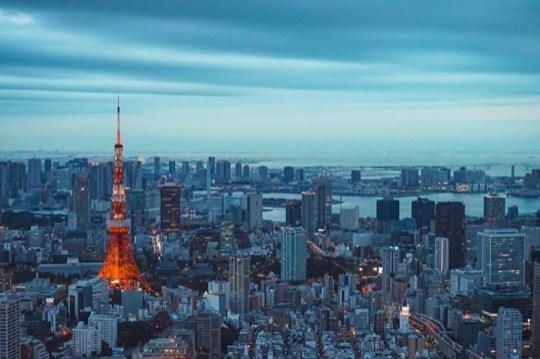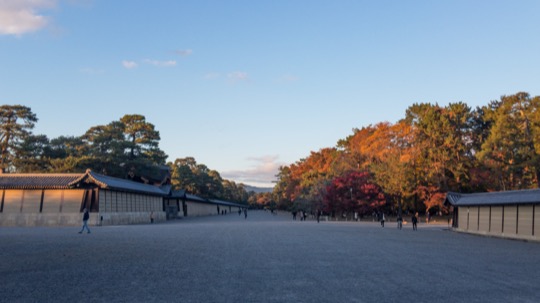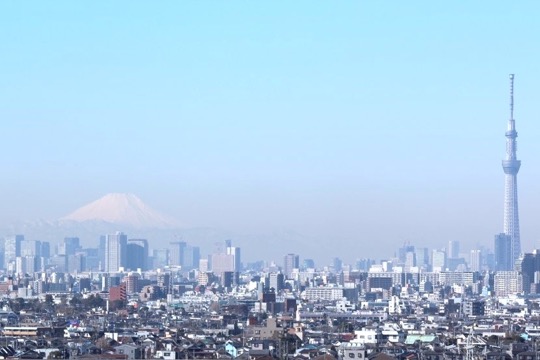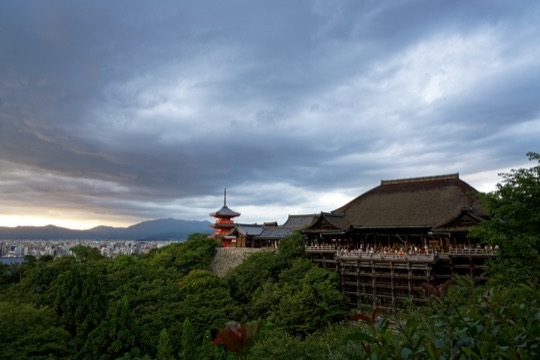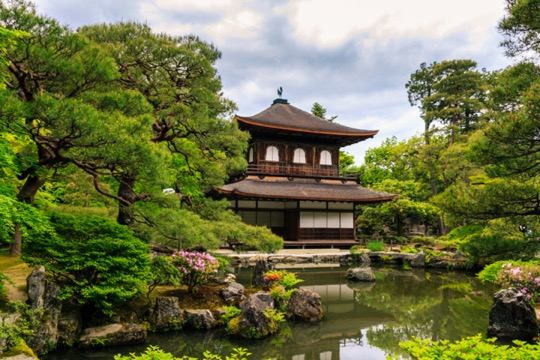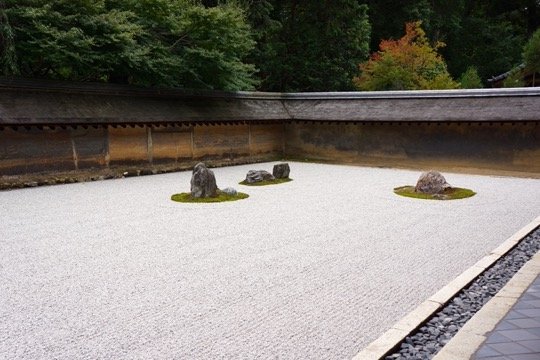Himeji Castle
The White Egret Castle, a pinnacle of early 17th-century Japanese castle architecture
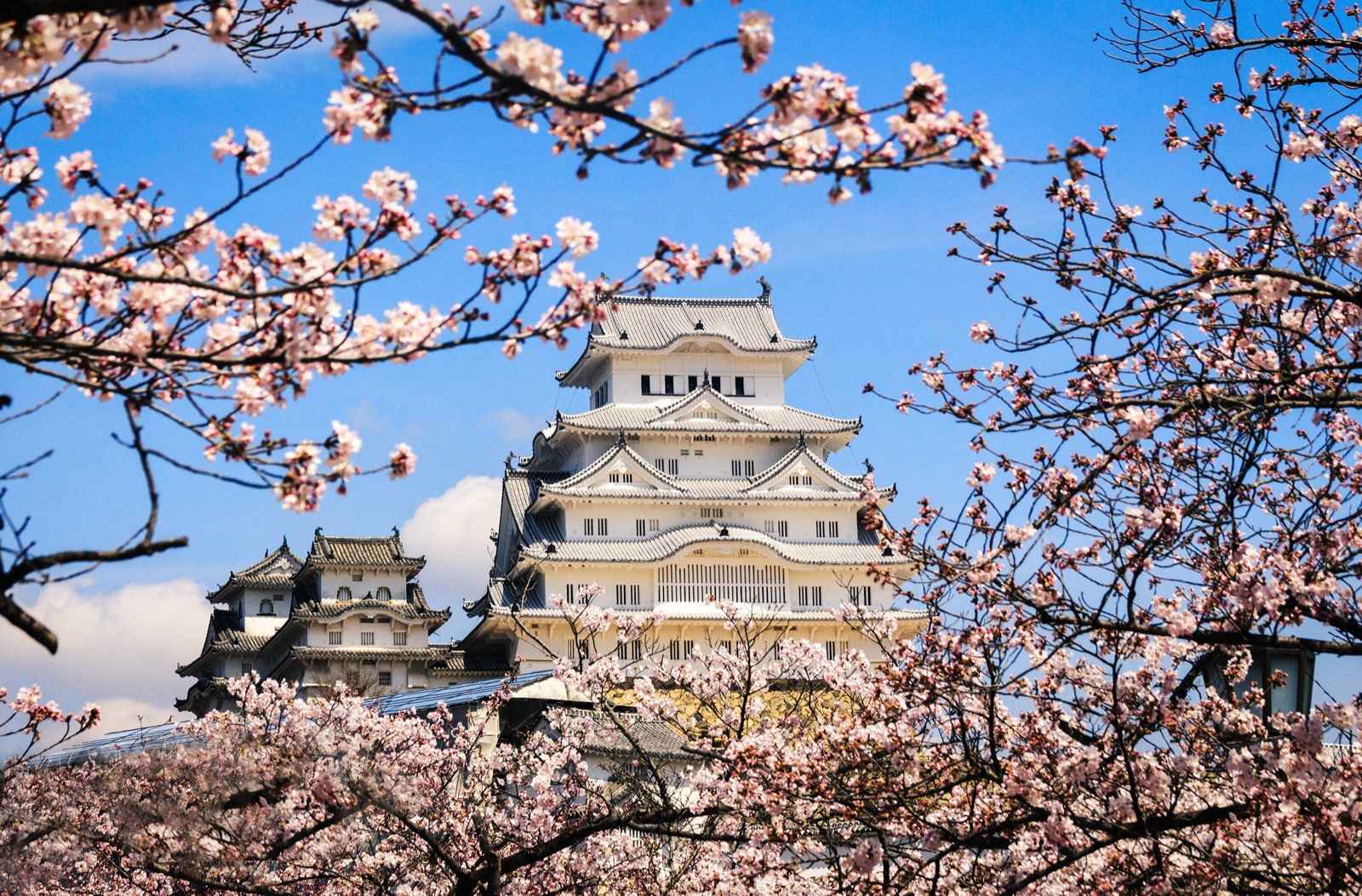
On This Page
Himeji Castle, known as “White Egret Castle” for its brilliant white façade, stands as a significant example of traditional Japanese castle architecture. Designated as a UNESCO World Heritage site, this hilltop complex has a history dating back to 1333, with expansions that reflect feudal Japan’s history and culture. Visitors can explore its numerous buildings, including the main keep, towers, and gardens, and enjoy panoramic views of Himeji.
Perched on Himeyama hill in Himeji, Hyōgo, Himeji Castle is renowned for its durability, having survived wars, earthquakes, and bombings, including the 1995 Great Hanshin earthquake. The castle’s construction began in the 14th century, with the major development phase completed in 1601. Ikeda Terumasa, an ally of the influential Tokugawa Ieyasu, played a key role in transforming the castle to its present form around that time.
The castle exhibits advanced defensive features and protection mechanisms typical of the Shogun era. Its strategic design and the relationship between the building masses and the tiered roofs offer both function and visual appeal. The white plastered earthen walls contribute to its nickname Hakuro-jō or Shirasagi-jō, translated as “White Egret Castle.”
The complex demonstrates the era’s craftsmanship and the sophistication of Japanese castle design, with over eighty structures including turrets and gates, connected by gates and winding paths. The main keep, a six-story wooden structure, is notable for its attached wing buildings. Inside, visitors ascend steep, narrow staircases to the top floor, which provides sweeping views of Himeji.
The west bailey offers a glimpse into the residential life of its historical inhabitants and a different view of the main keep. Next to the castle is the Koko-en Garden, created in 1992, providing a tranquil setting that complements the castle’s martial history. During cherry blossom season in early April, the castle grounds are a favored destination for hanami.
Visitors are encouraged to appreciate the castle’s detailed design and workmanship, from the stone-throwing platforms to elaborate woodwork. Weekday visits are recommended for a quieter experience, and volunteer English guides are available at the administration office for comprehensive tours. Additionally, the Koko-en Gardens and the outer moats offer varying perspectives of the castle’s splendor.
Himeji Castle holds cultural significance for Himeji City and serves as a connection to Japan’s feudal era. As one of the most prominent and visited castles in Japan, it draws countless visitors annually, attracted to its historical and architectural magnificence.
